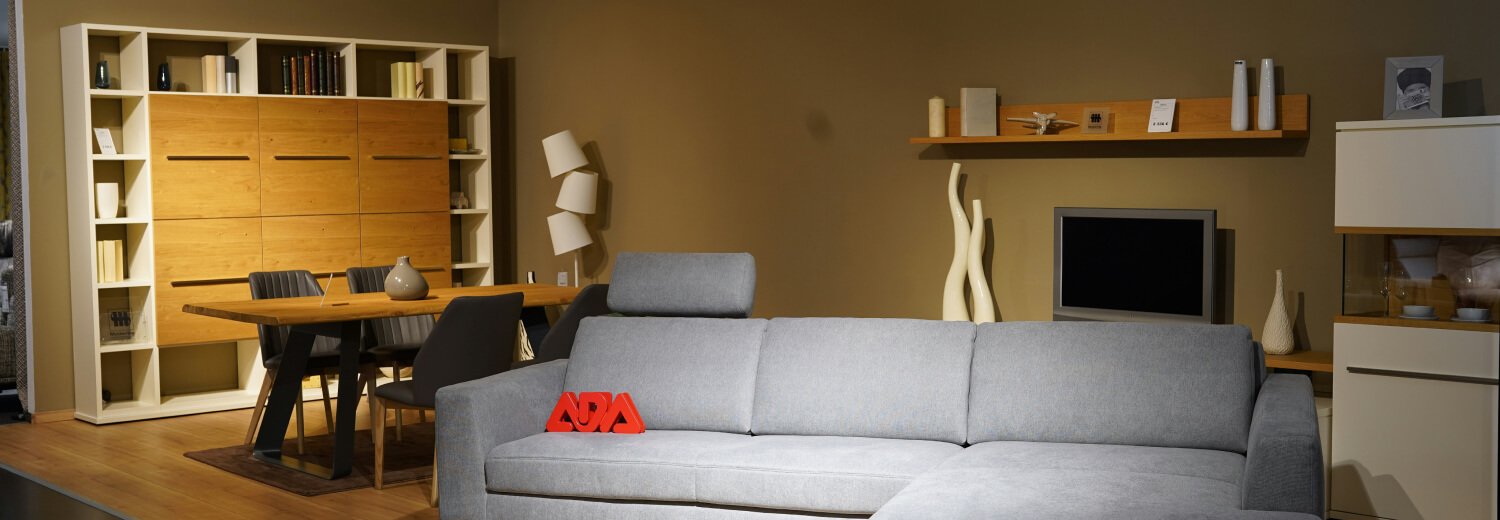Even local moves can seem like a logistical nightmare to plan, so what about relocating between islands? If you have an inter-island move coming up, whether it’s from Auckland to Dunedin, Queenstown to Auckland, or anywhere else that takes your fancy, you’re probably wondering about how to ship furniture across New Zealand.
Shipment Methods
For some items, you may opt to send them to your new home via air freight, or if you’re flying, take them as checked luggage. This is a great option for smaller items and anything you don’t want to let too far out of your sight, but is also the most costly way to transport goods.
For items like furniture, beds, and larger appliances, sea freight is the most common method of transport. For smaller moves with fewer items, using space in a shared container is the most effective option, whereas an entire container is usually best when moving more belongings.
If using an entire shipping container, there are three main stages involved in inter-island sea freighting:
-
Your chosen moving company will come to your home and pack up your items into the container. Then, they’ll set off for the port.
-
Once at the port, the container will be loaded onboard, ready to cross the Cook Strait.
-
After docking, the moving team there will take custody of the container and arrange to deliver it to your new home.
Smaller moves have a few additional steps as the items will be collected and delivered to you in a moving van, so time will be taken to pack and unpack them from the container at either port.
Preparing Large Items for Inter-Island Moving
It should go without saying that you can’t just put your bed, sofa, or fridge straight into the back of a moving van and expect it all to get to its destination unscathed. Following our inter-island moving checklist will give you an overview of how to prepare furniture for the move, and here are some additional tips to be ready for moving day.
Depending on the level of service provided, your movers might handle these for you, so you might want to check your contract, or contact them to be sure.
Appliances
Your final load of laundry should be completed at least a day before your move to ensure you have adequate time to disconnect your washer and dryer, and clean them up. This means ensuring that the washing machine drum is thoroughly dried, and the drawer has no lingering detergent or product that could leak or cause a mess in transit.
The same goes for your dishwasher, along with cleaning out the filter so there’s no mess leftover.
Fridges and freezers need to be disconnected and defrosted a couple of days ahead of time, so plan meals around using up any food you have left in there. You should note that if your fridge is lying on its side while being transported, it will need to be left upright overnight before being plugged in at your new place. This is because the refrigerant will have pooled in one place, and needs time to redisperse.
Furniture
Sofas, couches, and sectionals may need to be dismantled before being shipped inter-island, with removable cushions being set aside and packed separately.
Your bed frame and headboard should also be dismantled to help prevent damage during the moving process.
